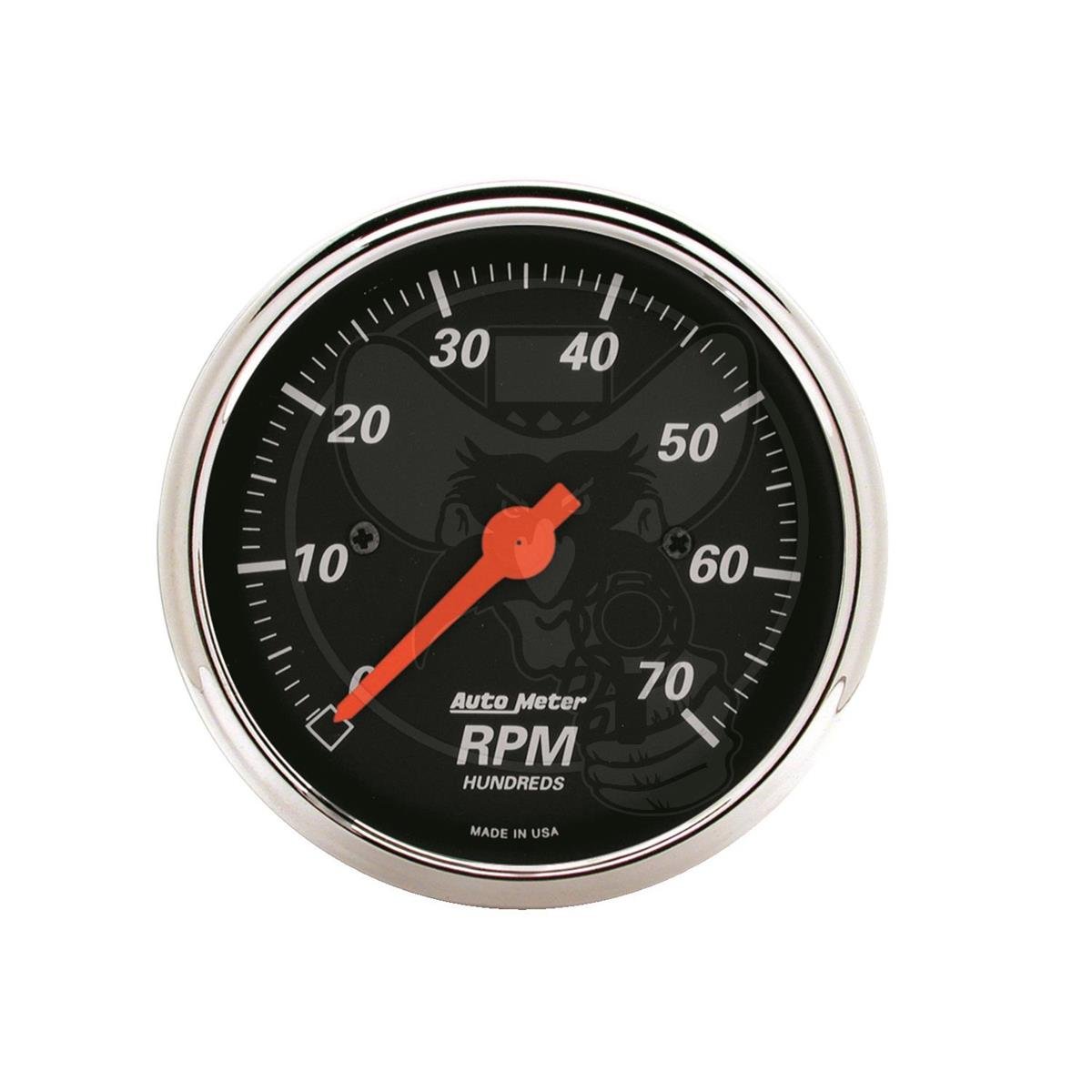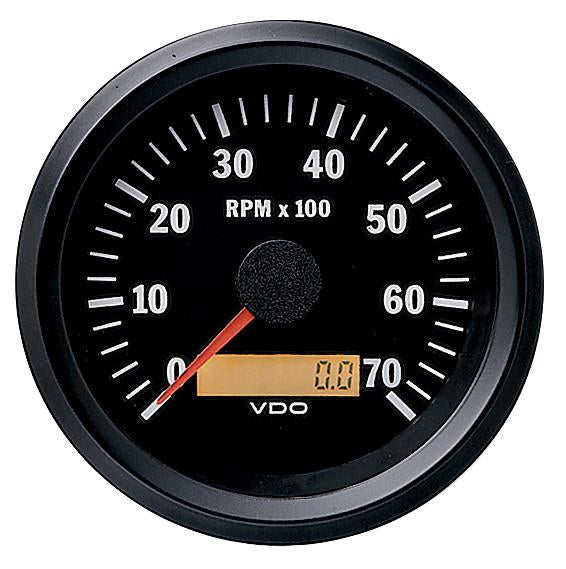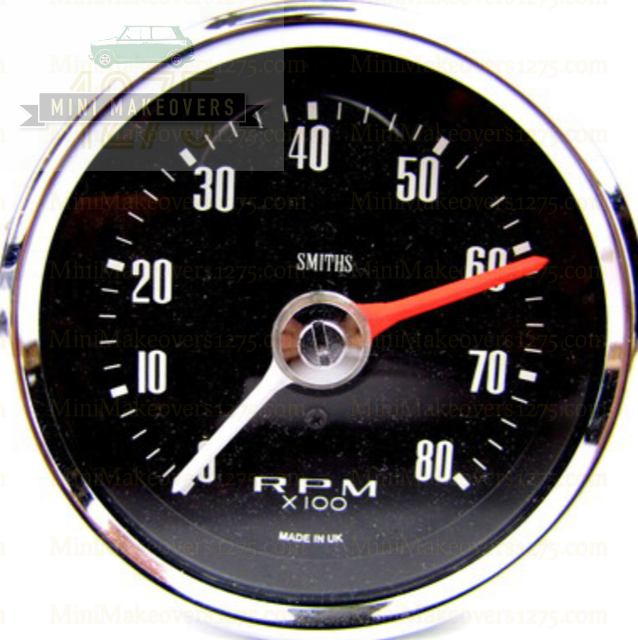How a Tachometer Assists Display Engine Wellness and Efficiency
How a Tachometer Assists Display Engine Wellness and Efficiency
Blog Article
The Significance of a Tachometer in Checking Engine Speed and Performance in Automotive Applications
In the world of automobile engineering, the tachometer stands as a crucial tool in the driver's arsenal, offering a direct window right into the internal functions of an automobile's engine. Past its feature as a plain scale of changes per min (RPM), the tachometer offers as a critical tool for enthusiasts and professionals alike, offering real-time insights into engine efficiency and wellness.
Relevance of Keeping Track Of Engine RPM
Checking engine RPM, or changes per minute, is a critical element of automobile upkeep and performance analysis. Engine RPM directly correlates with the speed at which the engine's crankshaft turns, indicating just how rapidly the engine is running - tachometer. By checking RPM, mechanics can analyze the health of the engine, identify prospective concerns, and fine-tune efficiency. An abnormal RPM reading may signal issues such as engine misfires, faulty ignition system, or issues with the fuel delivery system. Consistently high RPM analyses might indicate hostile driving behaviors or the requirement for a greater equipment change to enhance fuel performance.
Moreover, keeping an eye on engine RPM is necessary for efficiency examination in auto racing and high-performance lorries. Keeping optimal RPM levels is critical for achieving peak power output and velocity. Racers frequently utilize tachometers to ensure they are running within the suitable RPM range for optimum performance. In recap, keeping an eye on engine RPM is not just vital for finding concerns but likewise for optimizing engine performance in various vehicle applications.

Benefits of Real-Time Data
In vehicle applications, real-time data plays a critical function in offering instantaneous insights into the efficiency and condition of the automobile. By continuously keeping track of different criteria such as engine speed, temperature, fuel usage, and extra, real-time information supplies various advantages that add to boosted effectiveness and safety and security on the roadway.
Furthermore, real-time data assists in efficiency optimization by supplying prompt responses on driving behaviors and engine effectiveness. Chauffeurs can readjust their habits in real-time based on this information to attain much better fuel economic situation and prolong the lifespan of their automobile.

Additionally, real-time data plays an important role in modern-day auto diagnostics, enabling professionals to rapidly detect and attend get more to malfunctions. This causes decreased downtime, lower maintenance prices, and ultimately, boosted total automobile reliability and durability (tachometer). By harnessing the power of real-time data, auto stakeholders can make informed choices that positively affect both the performance and longevity of the automobile
Effect On Gear Shifts
The tachometer plays an important duty in maximizing equipment shifts by giving real-time engine speed information to the chauffeur. When coming close to the redline on the tachometer, it signals the chauffeur to upshift click to prevent over-revving the engine and causing possible damages.
In addition, the tachometer aids in attaining smoother gear shifts, specifically in hands-on transmissions. By keeping track of engine speed, vehicle drivers can execute equipment changes at the optimal RPM range, minimizing snagging activities and minimizing wear on the transmission elements. This accuracy in gear adjustments not just enhances driving convenience yet also adds to sustain efficiency.
Enhancing Gas Efficiency
Offered the vital duty the tachometer plays in enhancing equipment changes for efficiency and engine health and wellness, it straight adds to taking full advantage of gas efficiency in automotive applications. By supplying real-time responses on engine rate, the tachometer helps chauffeurs in keeping the most reliable RPM range for fuel economic situation. When drivers consistently keep an eye on the tachometer and adjust their driving routines as necessary, they can prevent unnecessary fuel usage triggered by over-revving or carrying the engine.
Additionally, the tachometer helps drivers recognize the most fuel-efficient equipment to be in at any type of provided moment, preventing the engine from working more difficult than required. In conclusion, the tachometer offers as a beneficial device in enhancing fuel effectiveness by advertising optimum driving behaviors and recognizing areas for enhancement in the lorry's efficiency.

Optimizing Engine Longevity
The tachometer's function in monitoring engine speed and efficiency is instrumental in making sure the durability of auto engines. Keeping an eye on the tachometer allows chauffeurs to stay within the suggested RPM array for their lorry, preventing unnecessary pressure on the engine and prolonging its life expectancy.

Final Thought
Finally, the tachometer plays an important function in keeping track of engine rate and performance in auto applications. By giving real-time information on you can look here RPM, it enables effective equipment changes, improved fuel efficiency, and made the most of engine long life. This device is necessary for keeping optimal engine efficiency and making sure the total performance of a car.
Report this page